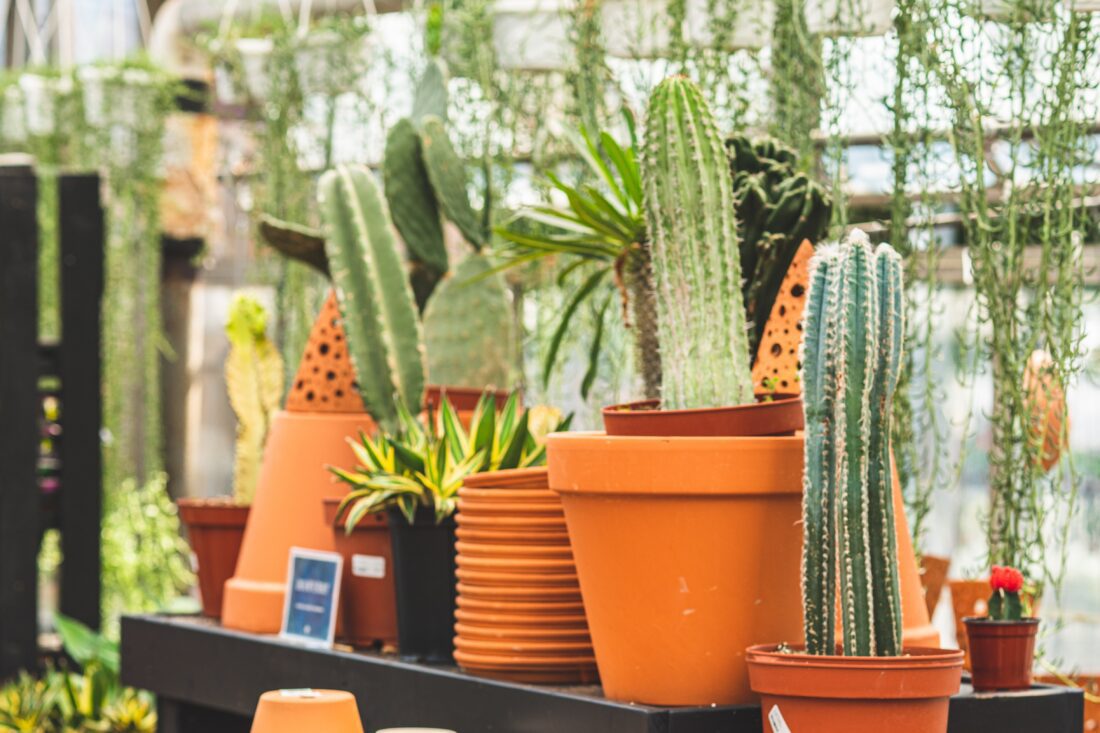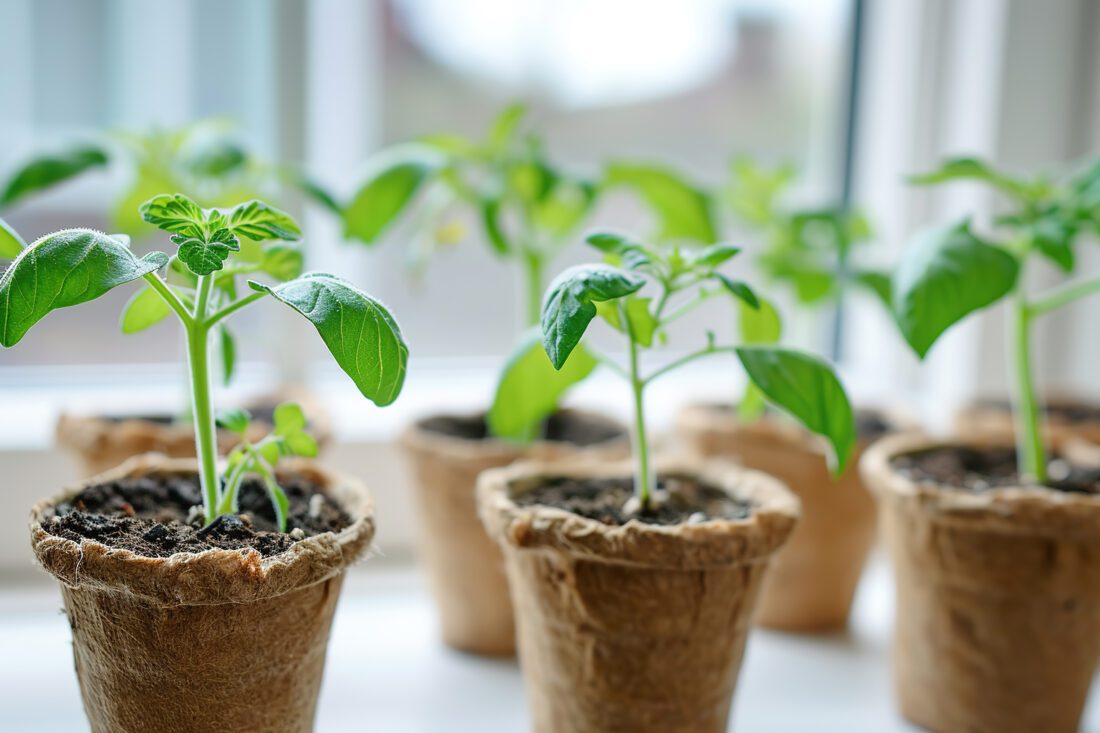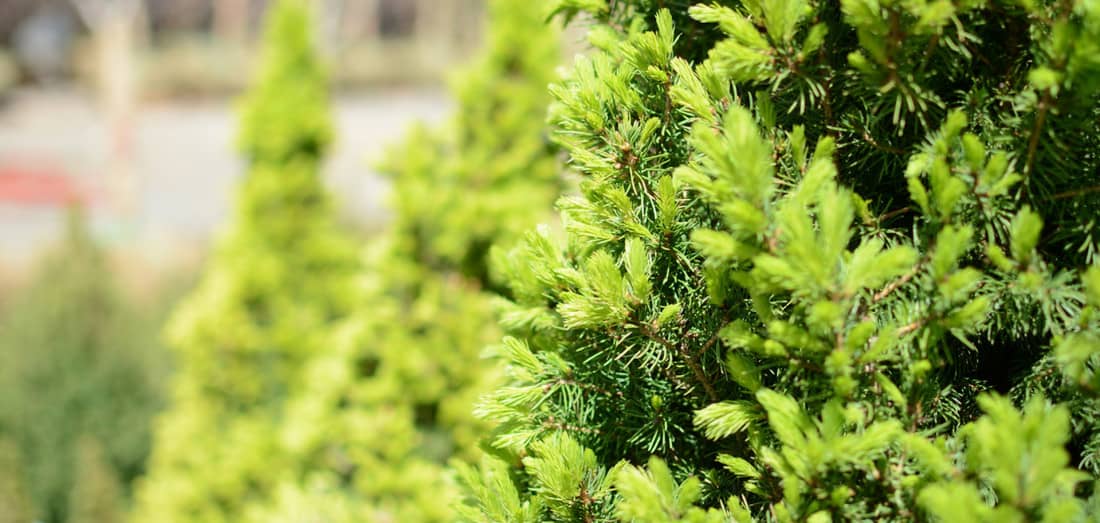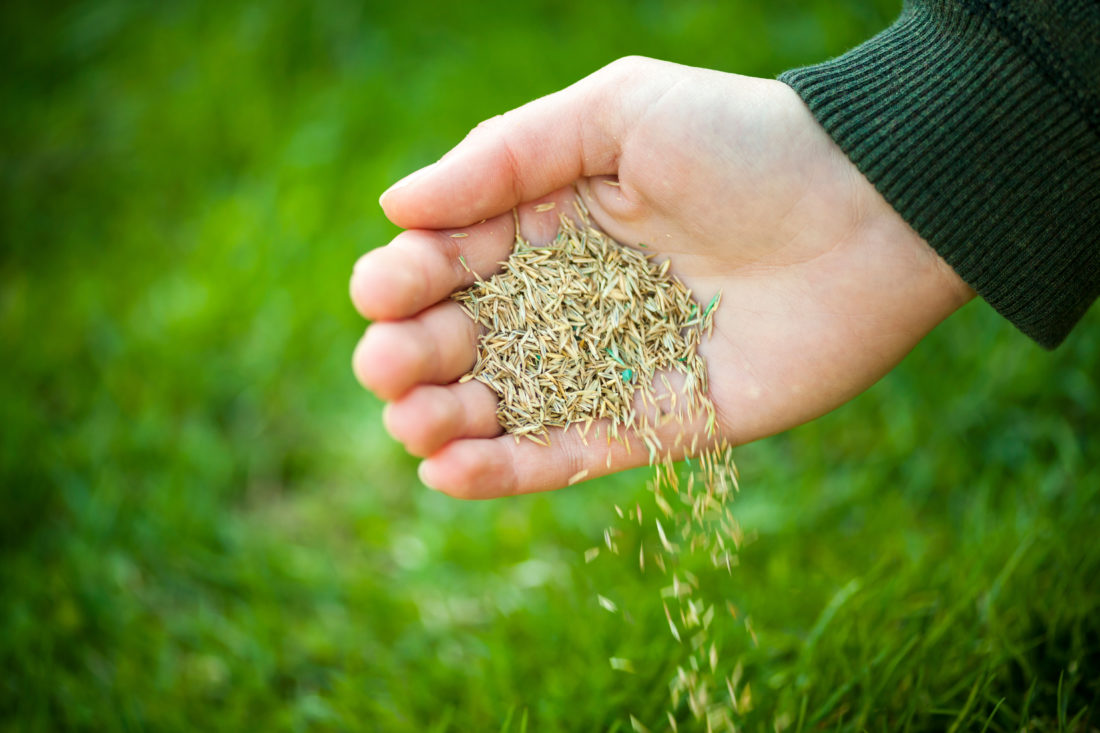May 18, 2025
March 3, 2025
Why Terracotta Pots Are a Must-Have for Plant Lovers
If you’ve ever browsed a garden center, you’ve probably noticed the warm, earthy tones of terracotta pots. Classic, natural, and timeless, terracotta has been a go-to choice for gardeners for centuries. But beyond their good looks, terracotta pots offer several… Read More
November 22, 2024
In
Home, Kids Gardening, Seasonal
November 22, 2024
Kitchen Scrap Gardening with KidsGardening
Mahoney’s is proud to be a sponsor of the KidsGardening Garden Youth Grant Program, an initiative that aligns with our mission to create opportunities for kids to play, learn, and grow through gardening. Check out some of the activities below to… Read More
August 6, 2024
In
Home
August 6, 2024
Save Big at Mahoney’s Garden Centers During Massachusetts Tax-Free Weekend!
Attention Massachusetts shoppers! The much-anticipated Massachusetts Tax-Free Weekend is just around the corner, and there’s no better place to take advantage of this fantastic opportunity than at Mahoney’s Garden Centers. This weekend, August 10th and 11th, enjoy tax-free shopping on… Read More
September 26, 2023
In
Featured, Home, Lawn + Garden
September 26, 2023
Fall Seeding in New England Explained
Fall seeding in New England is the perfect way to ensure a lush, green lawn come spring. This time of year provides the ideal combination of cool air and warm soil, creating the perfect conditions for new grass to develop… Read More
August 19, 2023
In
Home, Lawn + Garden
August 19, 2023
FALL IS FOR PLANTING
.. Maybe Even the best time for planting… It happens every year, people from towns near and far make their spring pilgrimage to Mahoney’s. They come filled with anticipation of new perennials, lush lawns, and flowering shrubs. Simply put, it’s… Read More
August 17, 2023
In
Home, Lawn + Garden
August 17, 2023
Fall Lawn Care Tips
Time is of the essence when it comes to fall lawn care. Start fall lawn care once summer has ended and before cold, winter weather begins. Assess your lawn for summer damage and tailor your fall lawn care routine to… Read More
June 19, 2023
In
Home, Lawn + Garden
June 19, 2023
Attracting Ruby-throated Hummingbirds to Your Garden
Seeing a hummingbird is always an exciting event! These tiny beautiful creatures who feast on the nectar of flowers are amazing to behold. Read on to learn more about the Ruby-throated Hummingbird (Archilochus colubris) that makes its home in Massachusetts.… Read More
May 22, 2023
In
Home, Lawn + Garden
May 22, 2023








